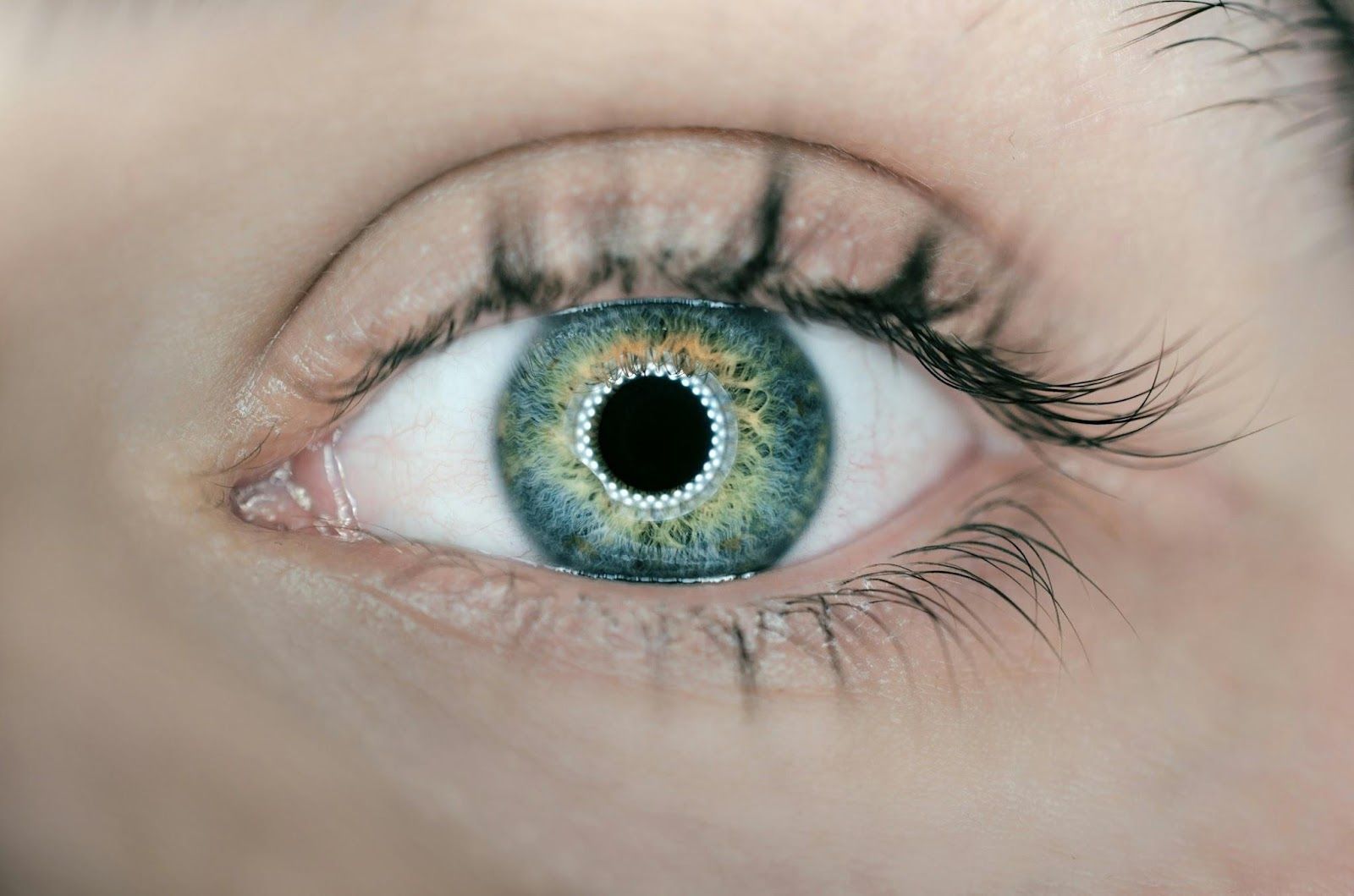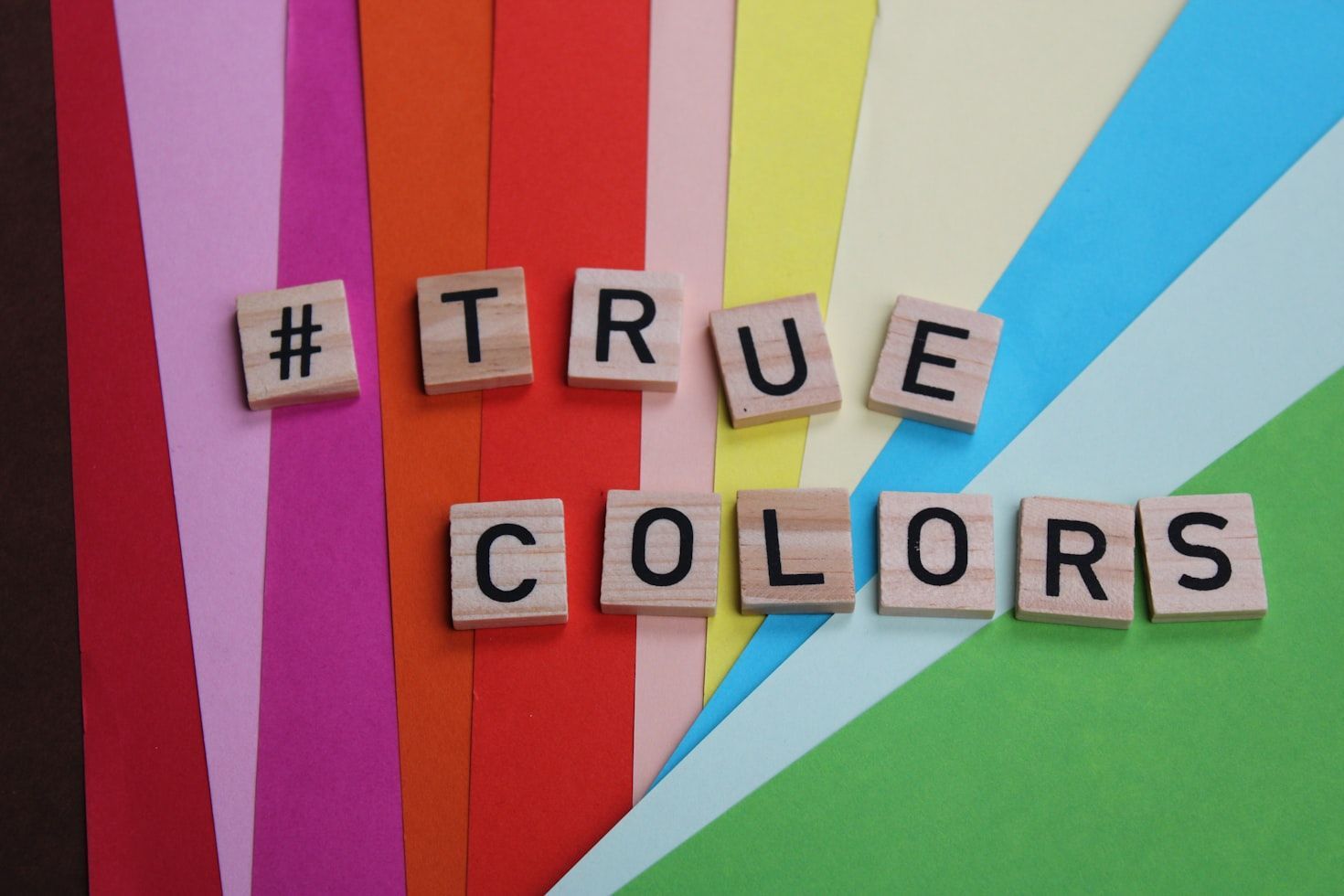Stranger than fiction
They shouldn’t exist! 10 humans with mind-blowing abilities
Published on September 26, 2025
 Credit: Joshua Earle
Credit: Joshua Earle
Some people are born with abilities that seem straight out of a comic book. These extraordinary senses—whether heightened sight, smell, or even resistance to pain—are all backed by science. While rare, these real-life superpowers offer a fascinating glimpse into the extremes of human potential. Here are 10 remarkable sensory abilities found in real people.
Super vision
 Credit: Arteum.ro
Credit: Arteum.ro
Some people have "super vision" thanks to tetrachromacy, a condition in which they possess four types of cone cells in their eyes instead of the usual three. This allows them to see a broader range of colors, including subtle shades invisible to most people.
Tetrachromacy is more common in women, as the genetic mutation is linked to the X chromosome. Studies suggest that tetrachromats may distinguish up to 100 million colors—far beyond the roughly 1 million that most people can perceive.
Super Taste
 Credit: Alex Guillaume
Credit: Alex Guillaume
Around 25% of people are "supertasters," meaning they have an unusually high number of taste buds. This heightened sensitivity makes them perceive bitter and sweet flavors more intensely than others.
Supertasters often avoid bitter foods like coffee, broccoli, or Brussels sprouts, but they may also experience a richer perception of flavors overall. Their ability is linked to a gene called TAS2R38, which affects taste receptors on the tongue.
Unbreakable Bones
 Credit: National Cancer Institute
Credit: National Cancer Institute
Some people have a genetic mutation in the LRP5 gene that makes their bones significantly denser and more fracture-resistant. Their skeletons are almost unbreakable compared to the average person.
This mutation has been studied in families with exceptionally strong bones. Researchers hope it could lead to treatments for osteoporosis, offering insight into improving bone density in aging populations.
Superhuman Hearing
 Credit: Anastasiya Badun
Credit: Anastasiya Badun
Individuals with superior hearing may have a condition called hyperacusis, which allows them to detect sounds at much lower volumes than the average person. Some can even hear frequencies that are typically beyond human perception.
However, hyperacusis can be a double-edged sword—while it allows for extraordinary auditory sensitivity, it can also cause discomfort or even pain in everyday noisy environments. Some musicians and sound engineers reportedly have a mild form of hyperacusis.
Pain Immunity
 Credit: Towfiqu barbhuiya
Credit: Towfiqu barbhuiya
A rare genetic mutation in the SCN9A gene makes certain people unable to feel pain. They can suffer injuries—or even break bones—without experiencing discomfort.
While this might sound like a superpower, it's actually quite dangerous. Pain is essential for survival, as it signals injury or harm. People with this condition often injure themselves unknowingly and may require constant medical supervision.
Super Sniffers
 Credit: Eli DeFaria
Credit: Eli DeFaria
Hyperosmia, an enhanced sense of smell, allows some individuals to detect odors that others can’t. This ability is often linked to genetics, but can also be influenced by certain neurological conditions.
Some hyperosmics work as professional "noses" in the perfume industry, identifying and analyzing complex scents. Others use their ability in medicine, detecting diseases like Parkinson’s through smell alone.
Cold Resistance
 Credit: K B
Credit: K B
Some people possess a genetic mutation in the ACTN3 gene that enhances muscle function and improves resistance to cold. This mutation is more common in Arctic populations, helping them survive extreme conditions.
Dutch athlete Wim Hof, popularly known as "The Iceman," has demonstrated remarkable cold endurance through meditation and breath control. Scientists believe his abilities result from a combination of genetic factors and intense training.
Magnetic Sense
 Credit: Jamie Street
Credit: Jamie Street
A small percentage of people can sense Earth’s magnetic field, similar to migratory birds. This ability, known as magnetoreception, is believed to be linked to the presence of cryptochrome proteins in the eye.
While most people are unaware of it, studies have shown that some can unconsciously detect magnetic directions. The exact mechanism is still being studied, but it hints at an ancient, possibly dormant, human navigation system.
Super Memory
 Credit: Anita Jankovic
Credit: Anita Jankovic
Hyperthymesia is an ability where people remember nearly every detail of their lives, down to specific dates and conversations. Only a handful of people worldwide have been diagnosed with it.
Individuals with hyperthymesia can recall past events with photographic precision, often describing experiences from decades ago as if they just happened. Scientists believe their brains process memory differently, though the exact mechanisms remain unknown.
Superhuman Speed
 Credit: Fitsum Admasu
Credit: Fitsum Admasu
Elite sprinters often carry a variation of the ACTN3 gene, also known as the "speed gene," which enhances fast-twitch muscle fibers responsible for rapid acceleration.
While training plays a major role, genetic predisposition gives some athletes a significant advantage. This gene variant is found more frequently in world-class sprinters than in the general population.










